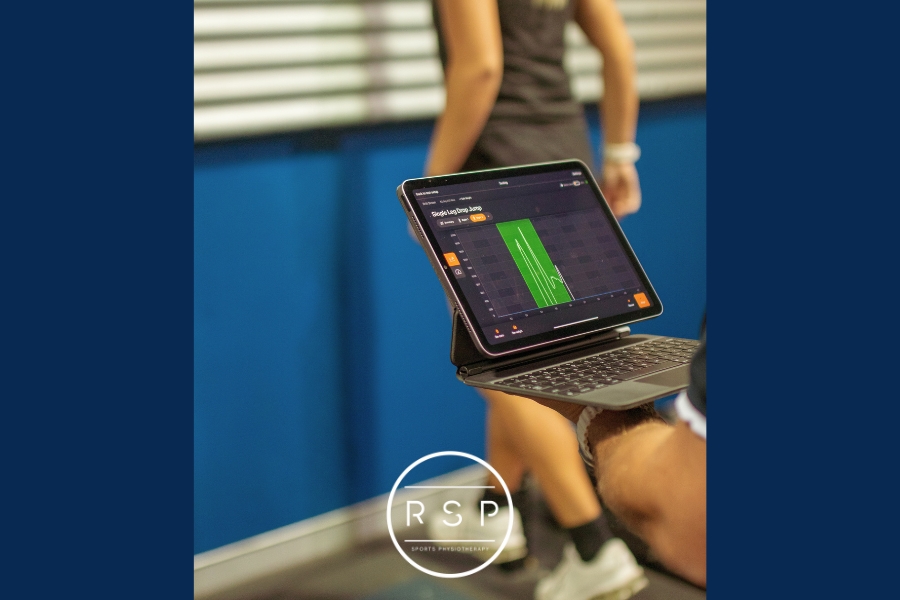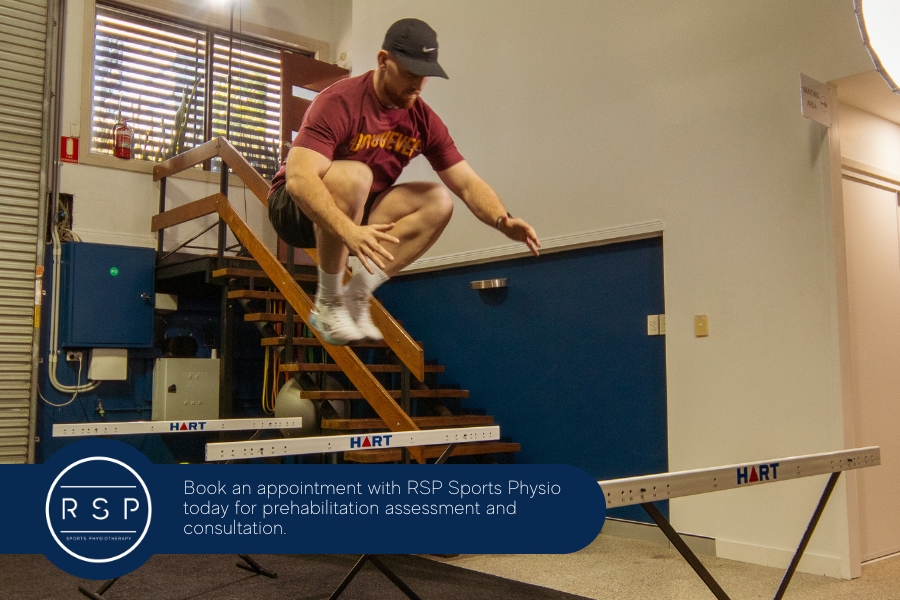When facing an ACL injury, the decision to undergo surgical reconstruction is often accompanied by the need for thorough preparation. Prehabilitation—the process of preparing for surgery—can significantly enhance post-operative outcomes. Engaging in a structured prehabilitation program not only helps in managing pain and swelling but also optimises strength and mobility before the surgical procedure. At RSP SPORTS PHYSIOTHERAPY, we emphasise the importance of prehabilitation as a critical step toward a successful recovery journey.
This blog post will outline key strategies for effective ACL injury prehabilitation, focusing on the goals and exercises that can help you achieve optimal readiness for surgery. By prioritising prehabilitation, you can improve your chances of a smoother recovery and a quicker return to your favorite activities.
Goals of ACL Injury Prehabilitation
Before undergoing ACL reconstruction, there are three primary goals associated with effective prehabilitation:
- Reduce Swelling and Pain: Managing inflammation is crucial to ensure the knee joint is in optimal condition before surgery. Techniques such as ice therapy, compression, and elevation can help minimise swelling.
- Achieve Full Range of Motion: Restoring knee mobility is essential. Aim to regain full range of motion to ensure that your knee functions properly post-surgery.
- Strengthen Key Muscles: Regaining strength in the quadriceps, hamstrings, and surrounding muscles is vital. Aim to achieve at least 90% strength compared to the unaffected leg before surgery. Targeted exercises can help build this strength effectively.

Effective Prehabilitation Strategies
To meet these goals, RSP SPORTS PHYSIOTHERAPY incorporates the following strategies into your prehabilitation program:
1. Benchmark Testing
Conducting benchmark testing on your non-injured limb allows for a baseline assessment of strength and function. This data will be invaluable during later phases of rehabilitation and when determining readiness for return to sport. Key areas to assess include:
- Quadriceps and hamstring strength
- Range of motion
- Plyometric performance (e.g., single-leg jumps)
At RSP SPORTS PHYSIOTHERAPY, we utilise advanced technologies such as the VALD Performance suite for comprehensive muscle assessments whilst having expert physiotherapists for diagnostic information.
2. Targeted Exercises
Focus on exercises that promote muscle activation and strength while minimising strain on the injured knee:
- Quadriceps Strengthening: Exercises like straight leg raises and mini squats can help activate and strengthen the quadriceps.
- Hamstring Activation: Incorporate hamstring curls or bridges to engage these muscles effectively.
- Neuromuscular Electrical Stimulation (NMES): We utilise Compex machines to promote quick recovery muscular recovery and expedite the return of your functional recovery.
3. Pain Management Techniques
Incorporate methods to manage pain and swelling effectively:
- Ice Therapy: Regular application of ice can help reduce inflammation.
- Compression: Using compression wraps or sleeves can assist in controlling swelling.
- Gentle Range of Motion Exercises: Focus on movements that promote flexibility without causing pain, such as heel slides or gentle knee bends.
Conclusion
Engaging in a structured prehabilitation program before ACL surgery is crucial for enhancing recovery outcomes. By focusing on reducing swelling, achieving full range of motion, and strengthening key muscle groups, you set a solid foundation for your post-operative rehabilitation journey.

At RSP SPORTS PHYSIOTHERAPY, our experienced physiotherapists are dedicated to guiding you through every step of your prehabilitation process. We offer personalised programs tailored to your specific needs, ensuring you are well-prepared for surgery and ready to embark on your recovery journey with confidence.



